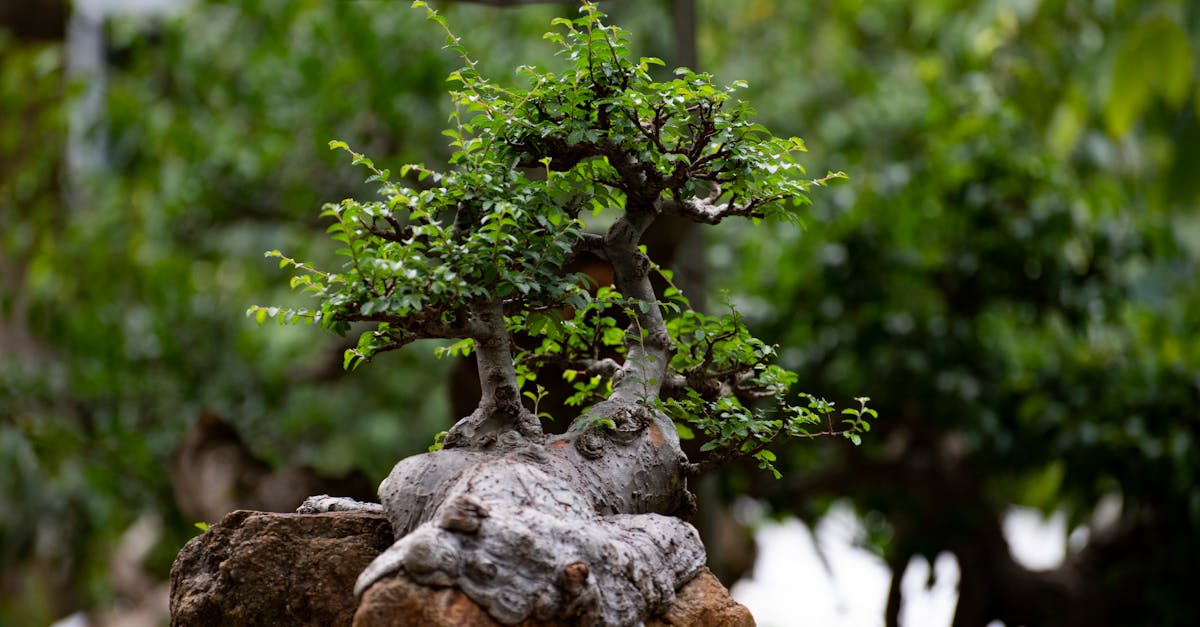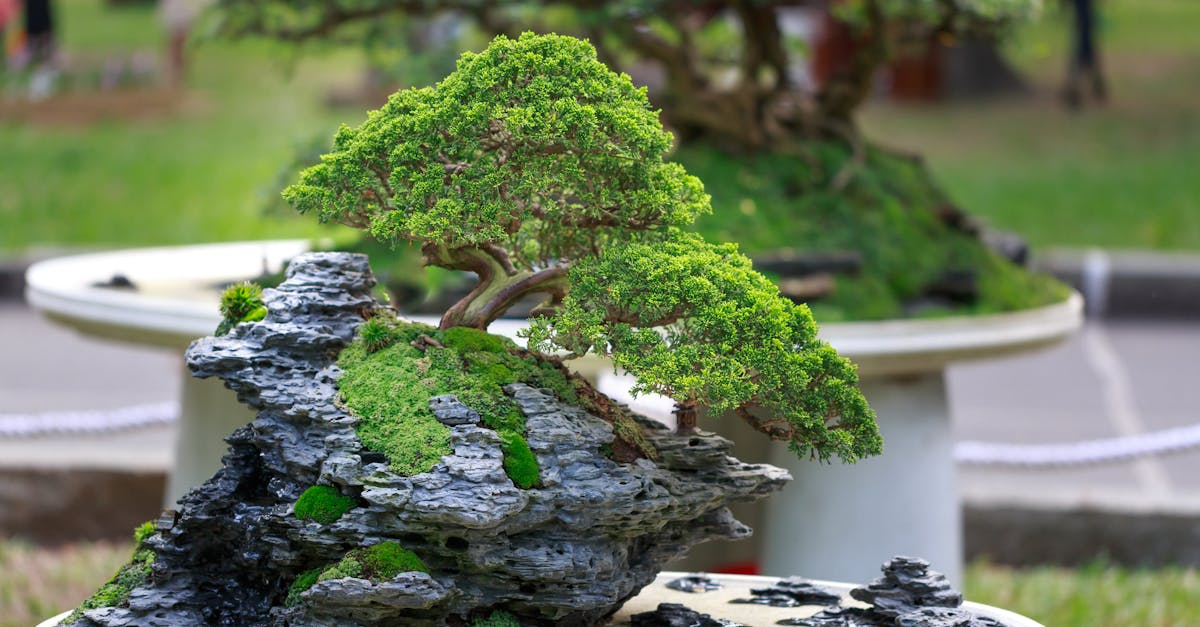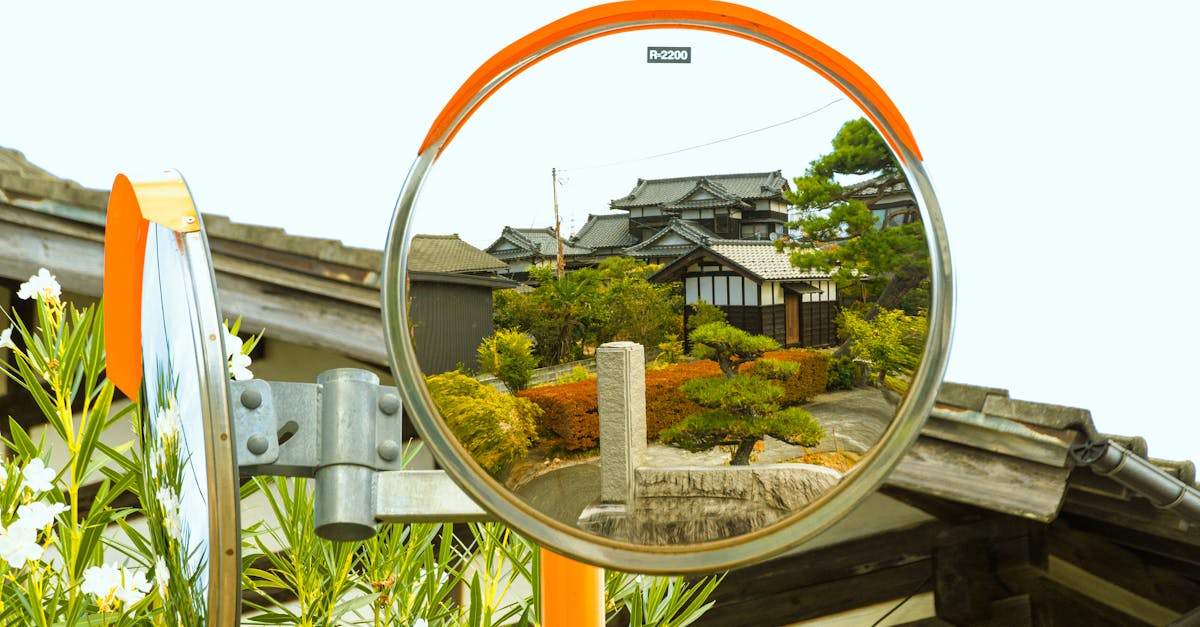Ensuring Ideal Humidity for Vibrant Bonsai

Humidity: A Critical Factor for Bonsai Health
Humidity plays a pivotal role in the well-being of bonsai trees. Understanding the significance of humidity levels and tailoring them to specific species’ needs are crucial for fostering their growth and vitality. Ensuring appropriate humidity can prevent foliage damage, promote healthy root development, and extend the lifespan of your miniature masterpieces.
The Importance of Humidity for Bonsai
Dry air can lead to a myriad of problems for bonsai trees. It can cause leaf tips to brown, shrink, and eventually drop. In severe cases, it can even stunt growth or lead to the death of the tree. On the other hand, balanced humidity levels promote lush greenery, healthy roots, and overall vigor. By maintaining optimal humidity, you can create an environment where your bonsai can thrive and showcase its natural beauty.
1. Humidity and Bonsai Health: A Vital Connection
Humidity and Bonsai Health: A Vital Connection
Humidity is a key factor that affects the health and well-being of bonsai trees. Bonsai, being miniature trees, are particularly sensitive to their environment, and humidity plays a crucial role in their growth and development.
The Effects of Humidity on Bonsai
Dry air can have several negative effects on bonsai trees. It can cause the leaves to become dry and brittle, which can lead to leaf drop. In severe cases, dry air can also stunt the growth of the tree and even cause it to die. On the other hand, balanced humidity levels promote lush greenery, healthy roots, and overall vitality. Maintaining optimal humidity levels is essential for keeping your bonsai tree healthy and looking its best.
How to Maintain Ideal Humidity for Bonsai
The ideal humidity level for bonsai trees varies depending on the species. However, most bonsai trees prefer humidity levels between 40% and 60%. There are several ways to maintain ideal humidity levels for your bonsai tree, including using a humidifier, misting the leaves regularly, and grouping your bonsai trees together. By providing your bonsai tree with the right humidity levels, you can help it to thrive and flourish.
2. Bonsai Types and Humidity Requirements

Bonsai Types and Humidity Requirements
Different types of bonsai trees have different humidity requirements. Tropical bonsai species, such as ficus and bougainvillea, prefer higher humidity levels, while subtropical species, such as azaleas and camellias, can tolerate lower humidity levels. It is important to tailor the humidity level to the specific needs of your bonsai tree in order to ensure its optimal growth and health.
Humidity Requirements of Common Bonsai Species
- Tropical species: Ficus, bougainvillea, gardenia, hibiscus, schefflera
- Humidity requirements: 50-70%
- Subtropical species: Azalea, camellia, juniper, pine, spruce
- Humidity requirements: 40-60%
- Temperate species: Beech, elm, maple, oak, willow
- Humidity requirements: 30-50%
Matching Humidity to Bonsai Needs
When choosing a bonsai tree, it is important to consider its humidity requirements. If you live in a dry climate, you may want to choose a bonsai species that can tolerate lower humidity levels. If you live in a humid climate, you may have more options to choose from. Once you have selected a bonsai tree, be sure to research its specific humidity requirements and provide the appropriate level of humidity for its optimal health.
3. Measuring and Monitoring Humidity Levels
Measuring and Monitoring Humidity Levels
Equipping yourself with a hygrometer is vital for accurately measuring and monitoring humidity levels. A hygrometer is a device that measures the amount of water vapor in the air. It is important to place the hygrometer in a location that is representative of the humidity level around your bonsai tree. Aim for a relative humidity range between 40% and 60%.
Using a Hygrometer
There are two main types of hygrometers: digital and analog. Digital hygrometers are more accurate and easier to read than analog hygrometers. To use a hygrometer, simply place it in the desired location and wait for it to acclimate to the environment. Once the hygrometer has acclimated, you can take a reading. It is important to take readings at different times of the day and night, as humidity levels can fluctuate.
Maintaining Optimal Humidity Levels
Once you have measured the humidity level around your bonsai tree, you can make adjustments to maintain an optimal environment. If the humidity level is too low, you can increase it by using a humidifier. If the humidity level is too high, you can decrease it by using a dehumidifier. It is important to make gradual adjustments to the humidity level, as sudden changes can shock your bonsai tree. By monitoring the humidity level and making adjustments as needed, you can create an optimal environment for your bonsai tree to thrive.
4. Increasing or Decreasing Humidity

Increasing or Decreasing Humidity
Adapting humidity levels to your bonsai’s requirements involves various techniques. To increase humidity, employ humidifiers or pebble trays; for decreasing humidity, use dehumidifiers or fans. Consider the size of your space and the number of plants when choosing a method.
Increasing Humidity
- Humidifiers: Humidifiers add moisture to the air, which can increase the humidity level around your bonsai tree. There are two main types of humidifiers: evaporative humidifiers and ultrasonic humidifiers. Evaporative humidifiers use a fan to blow air over a wet wick, which evaporates the water and adds moisture to the air. Ultrasonic humidifiers use ultrasonic vibrations to create a fine mist that adds moisture to the air.
- Pebble trays: Pebble trays are a simple and effective way to increase humidity around your bonsai tree. To use a pebble tray, simply fill a tray with pebbles or gravel and add water until the pebbles are just covered. Place the tray under your bonsai tree and the water will evaporate, increasing the humidity level around the tree.
Decreasing Humidity
- Dehumidifiers: Dehumidifiers remove moisture from the air, which can decrease the humidity level around your bonsai tree. There are two main types of dehumidifiers: refrigerant dehumidifiers and desiccant dehumidifiers. Refrigerant dehumidifiers use a compressor and condenser to remove moisture from the air. Desiccant dehumidifiers use a desiccant material to absorb moisture from the air.
- Fans: Fans can help to decrease humidity by circulating the air and promoting evaporation. Place a fan near your bonsai tree and point it away from the tree. The fan will help to circulate the air and remove moisture from the air around the tree.
5. Additional Tips for Achieving Ideal Humidity
Additional Tips for Achieving Ideal Humidity
Beyond measuring and adjusting humidity, several additional measures contribute to maintaining ideal levels. Grouping your bonsai together, misting them regularly, and maintaining proper watering practices can further optimize the humidity around your bonsai.
Grouping Bonsai Trees
Grouping your bonsai trees together can help to increase the humidity around them. When bonsai trees are grouped together, they release water vapor into the air, which increases the humidity level in the surrounding area. This can be a helpful technique for increasing humidity in a dry climate or during the winter months.
Misting Bonsai Trees
Misting your bonsai trees regularly can also help to increase the humidity around them. Misting is especially beneficial for tropical and subtropical bonsai species, which prefer higher humidity levels. To mist your bonsai tree, simply use a spray bottle filled with water and mist the leaves of the tree. Avoid misting the flowers or fruit of your bonsai tree, as this can damage them.
Maintaining Proper Watering Practices
Maintaining proper watering practices is also important for achieving ideal humidity levels for your bonsai tree. Overwatering can lead to root rot, which can damage your tree and make it more susceptible to pests and diseases. Underwatering can also damage your tree, as it can cause the leaves to wilt and drop. The best way to water your bonsai tree is to check the soil moisture level regularly and water the tree when the soil is dry to the touch. You should also avoid getting the leaves of your bonsai tree wet when watering, as this can promote fungal growth.
Quiz
Instructions: Answer the following questions to test your understanding of the key insights presented in the article.
1. What is the ideal humidity range for most bonsai trees?
- (a) 20-30%
- (b) 40-60%
- (c) 60-70%
- (d) 80-90%
2. True or False: Tropical bonsai species prefer higher humidity levels than subtropical species.
- (a) True
- (b) False
3. Which of the following methods can be used to increase humidity around bonsai trees?
- (a) Using humidifiers
- (b) Grouping bonsai trees together
- (c) Misting bonsai trees
- (d) All of the above
4. Overwatering bonsai trees can lead to:
- (a) Leaf drop
- (b) Root rot
- (c) Pest infestation
- (d) All of the above
5. What is the best way to determine when to water your bonsai tree?
- (a) Water on a regular schedule
- (b) Check the soil moisture level
- (c) Wait until the leaves wilt
- (d) Water only when the soil is completely dry
Answer Key
- (b)
- (a)
- (d)
- (d)
- (b)


